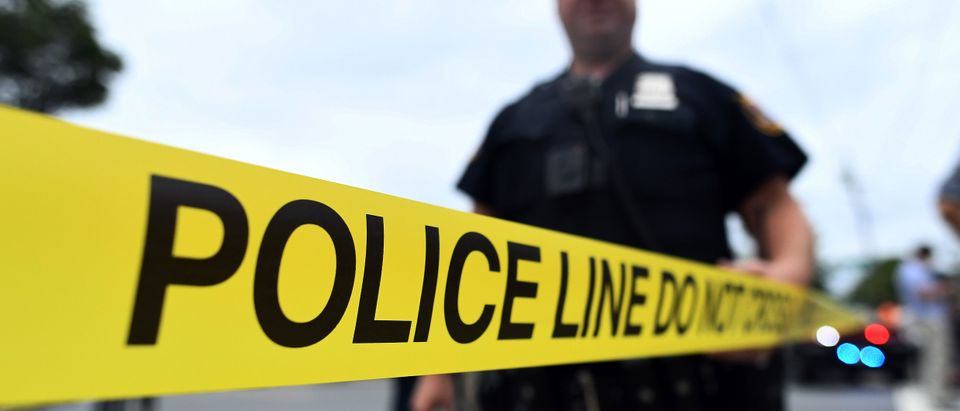On the surface, national crime statistics confirm that violent crime rates have decreased significantly from their peak in the early 1990s. The further reality, however, is that they remain troublingly high.
As computed by both the FBI and non-government organizations such as the Pew Research Center, the past five years have witnessed a noted increase in violent crime. This particularly is the case with regard to homicide rates in major cities, such as St. Louis and Baltimore.
The bulwark against criminals and their often extremely dangerous behavior is America’s sworn law enforcement community — the men and women “in blue.”
Consistent with the basic structure of our Federal Republic, the vast majority of our country’s approximately 850,000 law enforcement officers are employed not by federal government agencies, but state and local police departments and sheriff’s offices.
While the figure of 850,000 law enforcement officers may seem large to the average citizen, if you ask any officer “on the street,” regardless of whether he or she serves in an urban or rural area, they are almost certain to tell you that needs remain unmet, in both manpower and equipment.
Unfortunately, the number of sworn law enforcement officers is decreasing, even as rates of violent crime are rising. The Pew Research Center calculates that in the past five years alone, “the total number of working sworn officers has fallen by about 23,000.”
Pew calculates further that in the past two decades, the number of officers nationally per capita has dropped sharply — from 2.42 officers per 1,000 residents in 1997 to 2.17 per 1,000 population in 2016.
The reasons for such decreases in sworn law enforcement officers are many. And certainly, the situation is not helped by calls from extremist members of the U. S. Congress to “abolish ICE,” or by the anti-law enforcement rhetoric of the “Black Lives Matter” movement. But regardless of the reasons for the drop in law enforcement personnel numbers, responsible police departments and sheriff’s offices (as well as the state and local governments to which they answer), are obligated to address those challenges.
One tried and proven step that law enforcement agencies can take to address the shortages of sworn, career law enforcement officers, is to implement — and continue — reserve officer programs.
It has long been the case that other public safety components — professional firefighters and active duty soldiers, sailors, airmen and marines — are well-supported and complemented by volunteer firefighters and members of the Guard and Reserves.
Similarly, law enforcement agencies — especially those in rural or impoverished areas — can be enhanced by the presence of mature and trained reserve police officers.
It goes without say that those who ought not be police should not be — this includes people psychologically or emotionally unsuited, those with criminal records, and those not physically capable. But, sound accession and selection protocols, background checks and physical fitness assessments weed out those not suited for this line of work.
Reserve police programs are especially well-suited for honorably discharged or retired military veterans. Many such men and women have proven their moral and physical courage in the most dangerous and adverse conditions and would be an asset to any law enforcement officer or citizen in trouble.
Run properly, such a program is a great conduit for combat veterans to access into law enforcement.
Training can be phased so that candidates who have day jobs do not have to attend lengthy police academies. A few hundred hours of instruction can cover the basics: the law, arrest techniques, defensive tactics and firearms training. Then, a reserve officer would be capable of riding and learning on the job, first with a trained Field Training Officer and later with a full-time uniformed partner until the reservist completes a designated probationary period.
Another source of reservists is former full-time or retired officers from other departments. Many police who have been through a law enforcement academy leave the profession for other careers, but miss the sense of service that being a peace officer brings. These officers can easily lateral back into uniform after a background check and physical.
In this time of need for more trained, capable and committed men and women to serve their communities as law enforcement personnel, our federal, state and local governments should not overlook or impede the use of reserve officers; but rather encourage and fund such programs.
Bob Barr represented Georgia in the U.S. House of Representatives from 1995 to 2003. He currently serves as president and CEO of the Law Enforcement Education Foundation.
David Bolgiano is a former U.S. Military and law enforcement officer.
The views and opinions expressed in this commentary are those of the author and do not reflect the official position of The Daily Caller.












